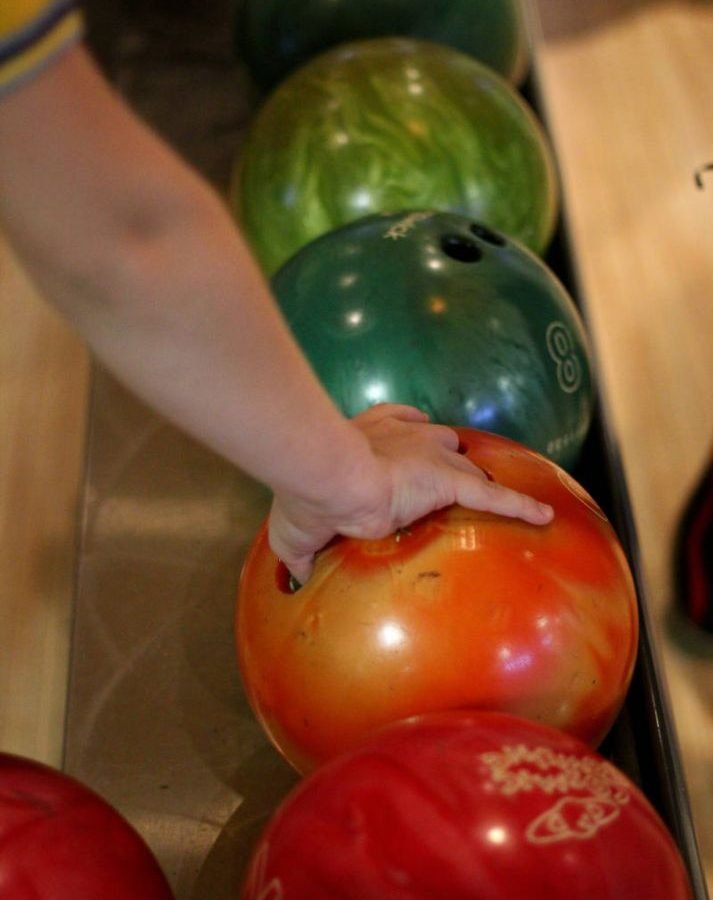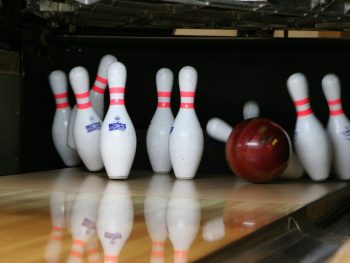Bowling is called by different names depending on the country where it is practiced. In the same way, there can be small differences in their characteristics and rules of the game.
Bowling, bowling, birillas, mingos, bitlles… different names but a common origin.
The first thing you should know is that bowling is considered one of the oldest sports of mankind. In the beginning, it wasn’t like the one we know and play today. Over the centuries it has undergone constant evolution and various changes in its rules.
The first record of a civilization or people who played bowling is in the Neolithic, about 4,500 BC. Judging by the artifacts found in archaeological sites, such as stone balls and bone boluses, it can be deduced that it was a game quite similar to the current one.
It was also practiced in Ancient Egypt. This affirmation is based on some remains that were found in 1930 by the British archaeologist Finders Petrie in the tomb of an Egyptian child dating from 3200 B.C. These are elements in the form of primitive boluses.
The ancient Greeks called esferistikós to a game similar to the present one of the bochas or bolos. In Classical Greece, they saw in their practice a healthy exercise that allowed the relaxation of their citizens allowing a popular divertimento.
BOWLING IN ANTIQUITY
The Greek poet of the 8th century B.C. Homer narrates how the suitors of Penelope, the wife of Ulysses, bowled or game of Procos to settle their sentimental disputes and occupy their leisure during the long wait. In fact, the game of bowling derives its name from the Greek bolos = piece of stick.
Similarly, in glorious and ancient Rome, it was customary for games to be played in this sport, which seems to be the origin of bowling. It was a distraction that spread throughout the land of the Roman Empire.
A few years later, already in the third century, it is known that the Germans practiced it assiduously. At least this can be seen in the written documentation alluding to this fact that has survived to the present day.
In European monasteries at the beginning of the fourth century, bowling seems to have been part of a certain ritual of a religious nature: the bolo was the demon, placed in an angle of the room so that with a ball it would be knocked down. If the person who threw the bowling ball succeeded in knocking down the bolus or conical dowel, everyone praised him and considered him to be free from sin. If, on the contrary, he erred, some penance was imposed on him so that he would give up some bad habits.
Throughout the Middle Ages bowling was a game extended to all segments of the population, and one of the most popular pastimes. It did not take long to become a game of competition and to be regulated in some way, being a pastime of nobles and rich men.
Apparently, the first bowling club was English, from the city of Southampton, which was founded no less than in 1299. In England, it enjoyed such popular favor that King Edward III (1312 – 1377) became concerned and, in 1365, banned it: like football, it endangered the very useful practice archery, fencing and horseback riding, activities necessary for war.
But the people did not cease in their practice and overcame all prohibitions. The English king Henry VIII (1491-1547) became so fond of him that in 1530 he had bowling alleys built in his palace in Whitehall, a pleasure he wanted for himself, as he forbade his subjects to do so.
In 14th century France it was called jeu des grosses boules. The nobility and especially King Charles V of France (1338 – 1380) banned it in 1369. However, the game still had followers who practiced it in secret, if not in the op
This game of bowls, as we have said, had not experienced a solution of continuity since Antiquity. And nine were the bowling to beat until in 1845 it was added the tenth bolus in the United States, where its popularity is as great as the number of those who practice it (more than 70 million and players today) since it was brought to the North American country by the Dutch settlers in the seventeenth century.
In some countries
In some countries, like in Spain. Bowling was already played in Castile in the sixteenth century by putting nine pieces of wood carved in a conical shape and forming three equidistant rows on the ground: the grace was in knocking down the most that could be thrown with a ball from a marked line.
From the game of bowling in Lyon would derive the Provencal petanque: from the French pèd to = fixed foot, game that at first used a small ball of box called cochonnet = bowling or cheetah. But this modality of bowling has little to do with its original nature.
Throughout history, bowling has known various forms of play. The number of boluses or pins ranged from three to fifteen, and the size of the balls could also differ, as well as the distance from which they were thrown.
Martin Luther (1483-1546), who set the number of pins at nine, was one of those who took the trouble to provide it with improvements. Current bowling was regulated in the mid-19th century.
Next Steps and Where to Purchase Equipment
When you’re ready to make the leap, you can read these articles to learn what bowling equipment we recommend for every different kind of player and choose what suits you better. We try to review the best bowling equipment in the market every few weeks to keep up-to-date with the current trends.













 Ways of throwing the ball correctly in bowling
Ways of throwing the ball correctly in bowling